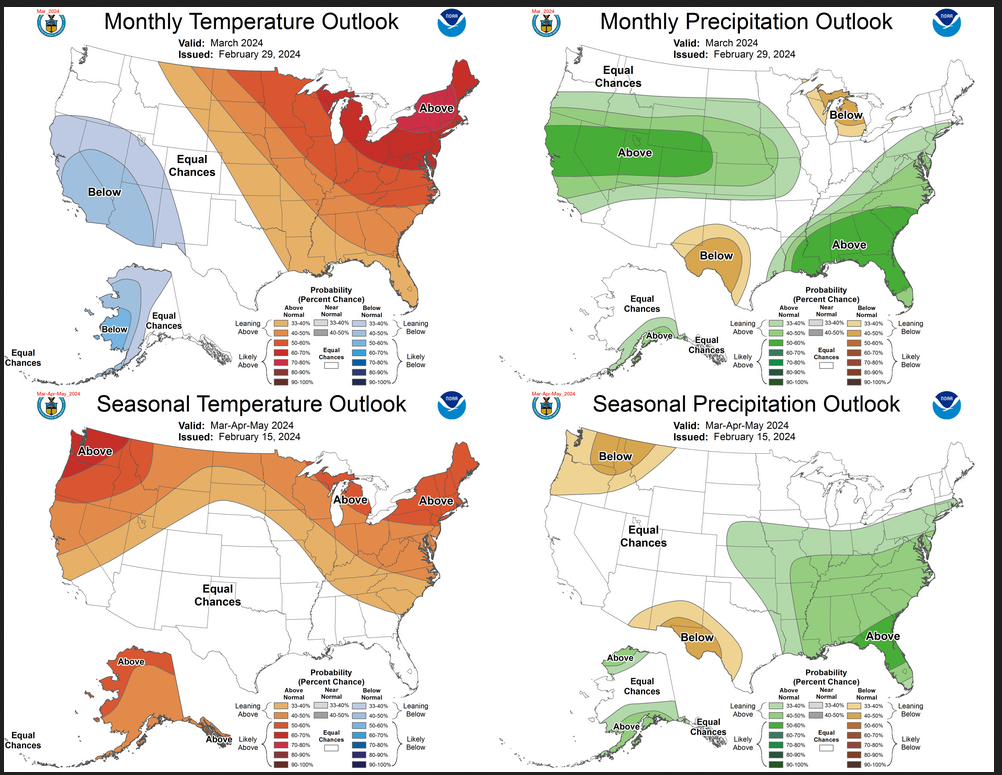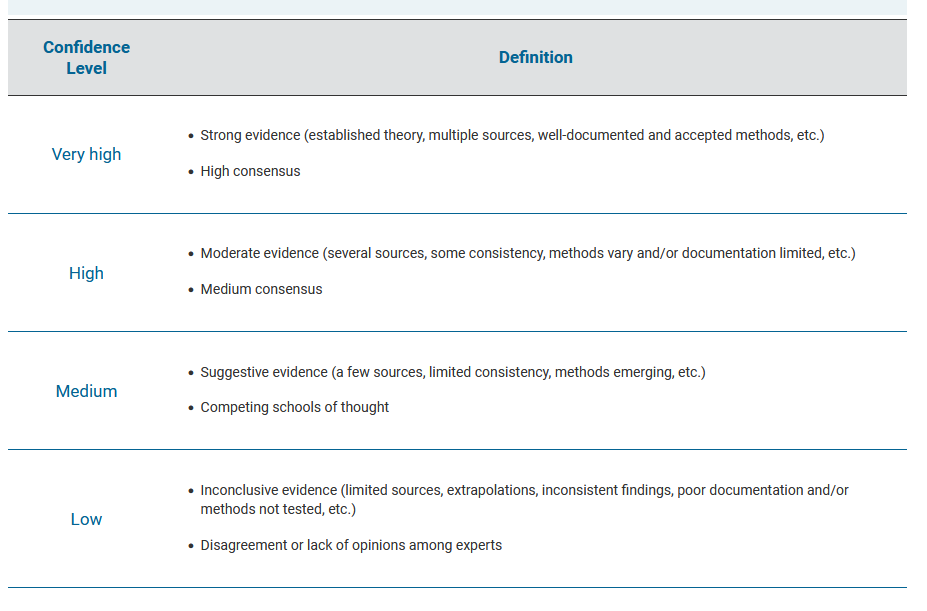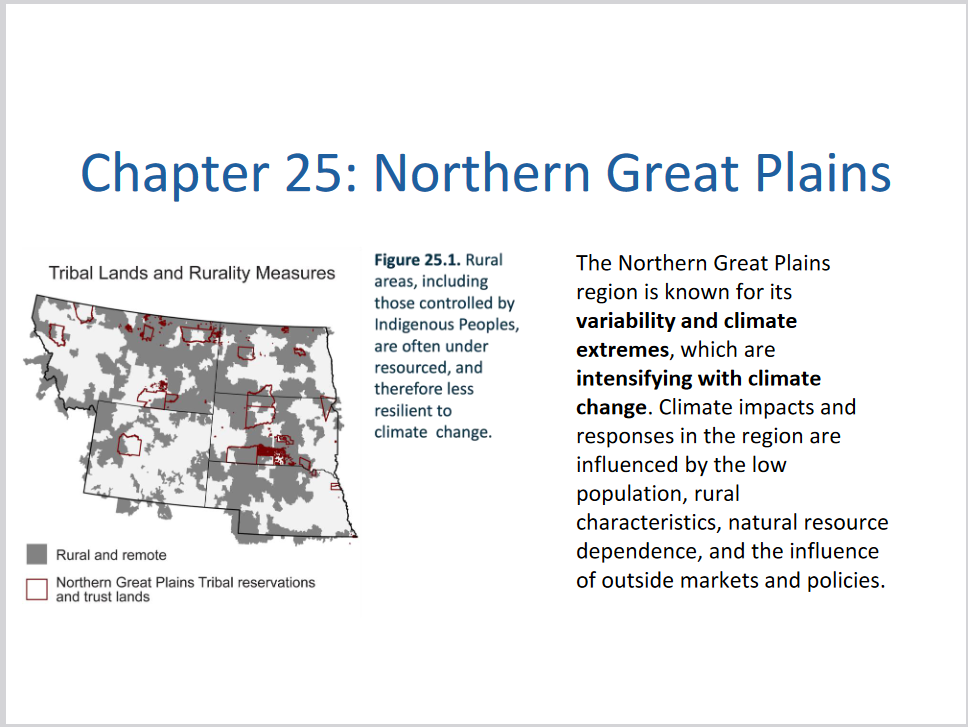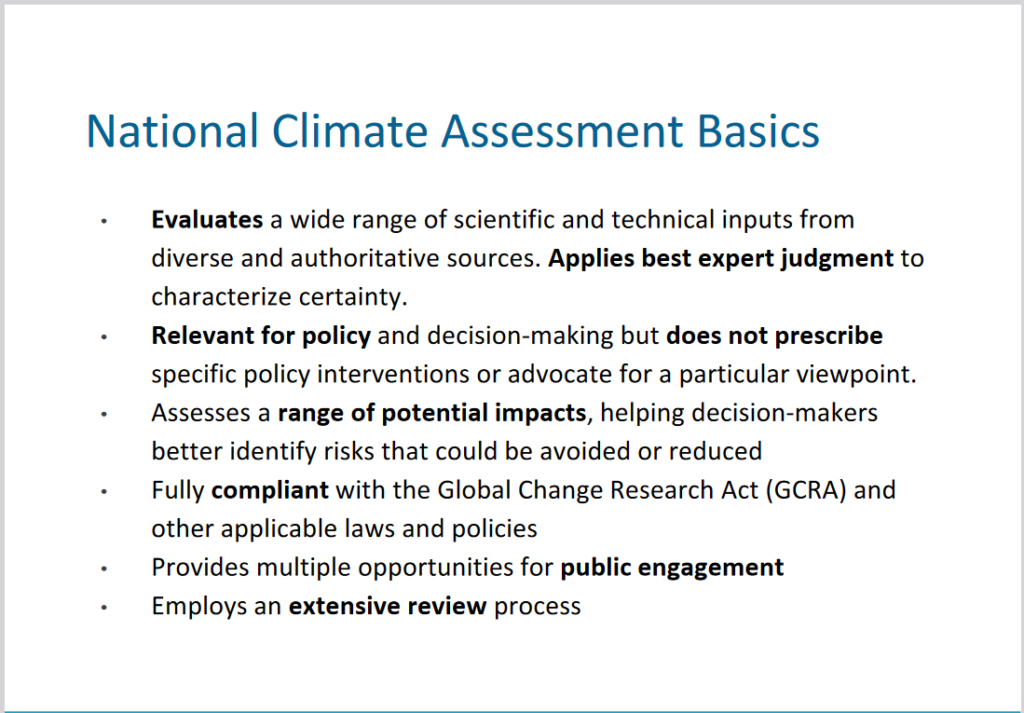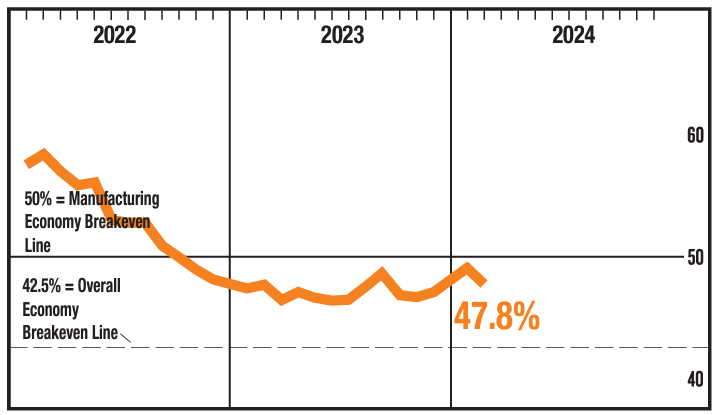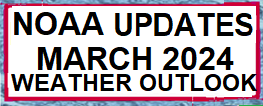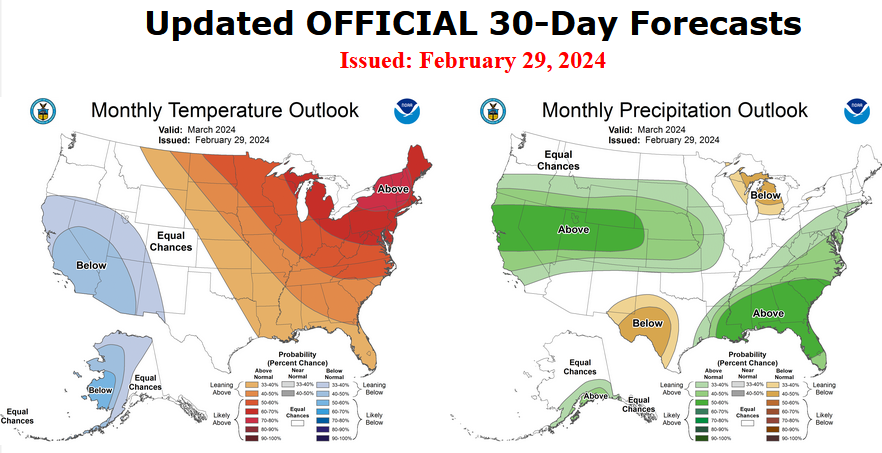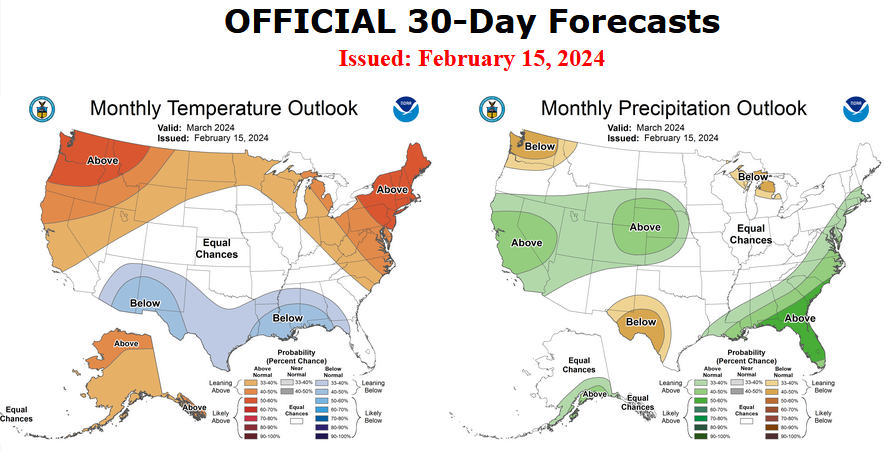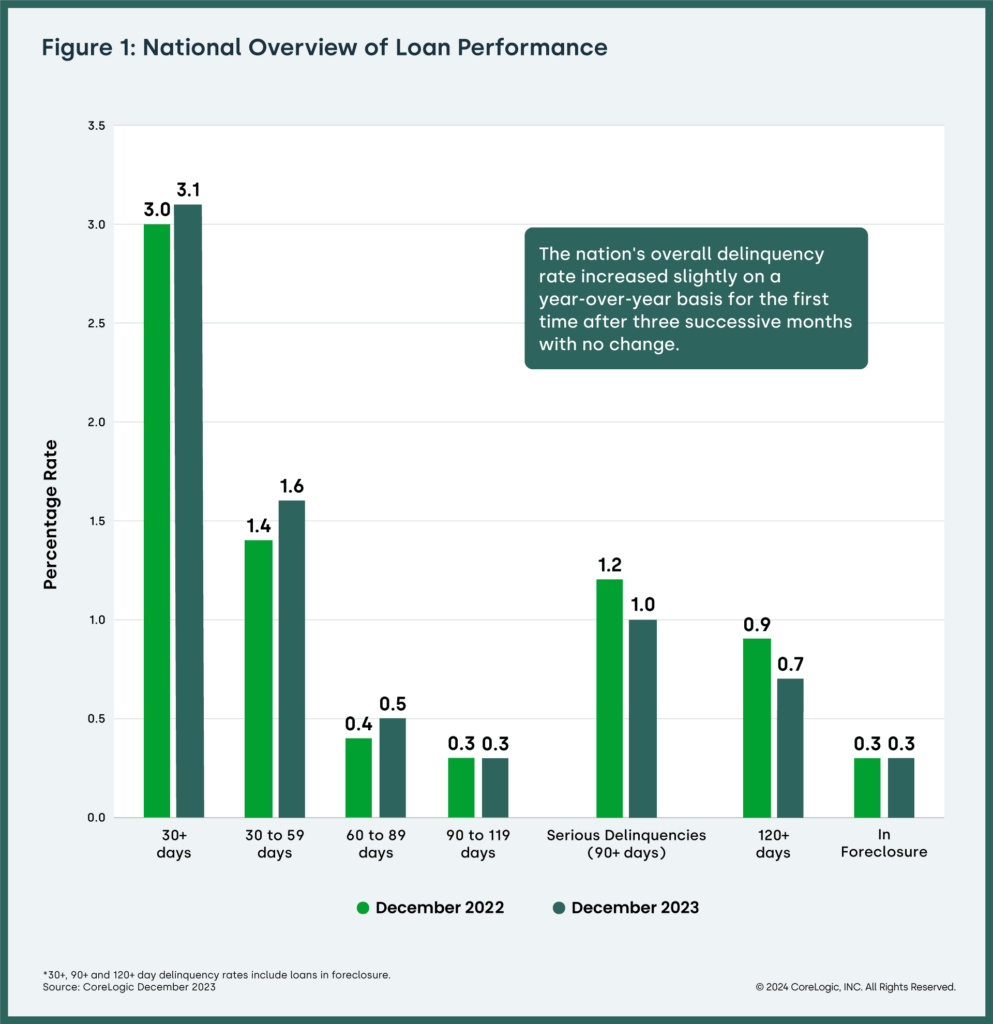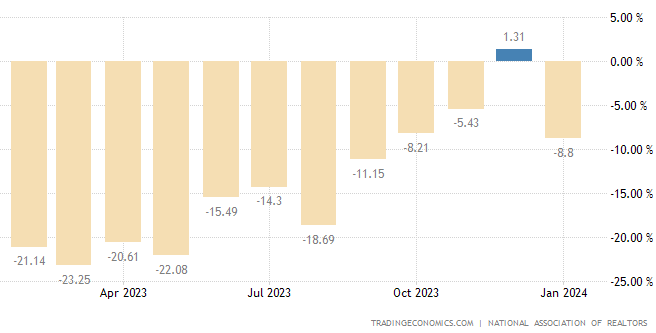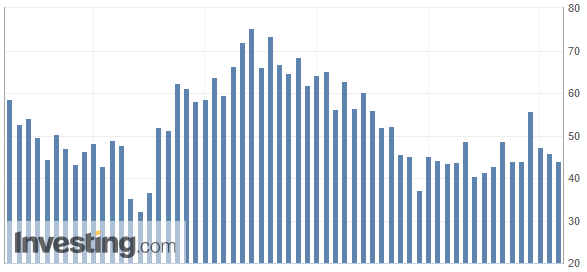Today Through the Fourth Friday (22 to 28 days) Weather Outlook for the U.S. and a Six-Day Forecast for the World: posted March 4, 2024
It is difficult to find a more comprehensive Weather Outlook anywhere else with the ability to get a local 10-day Forecast also.
This article focuses on what we are paying attention to in the next 48 to 72 hours. The article also includes weather maps for longer-term U.S. outlooks and a six-day World weather outlook which can be very useful for travelers.
First the NWS Short Range Forecast. The afternoon NWS text update can be found here but it is unlikely to have changed very much. The images in this article automatically update.
Short Range Forecast Discussion
NWS Weather Prediction Center College Park MD
312 AM EST Mon Mar 04 2024
Valid 12Z Mon Mar 04 2024 – 12Z Wed Mar 06 2024…Increasing shower and thunderstorm chances ahead of a slow moving cold
front through the Midwest, Mississippi Valley, and Southern Plains Monday,
and the Ohio Valley and Southeast Tuesday……Another coastal storm is forecast to bring a new round of rain to the
Mid-Atlantic Monday and New England Tuesday……Weather remains unsettled for northern portions of the West with
additional very heavy snowfall expected for higher mountain elevations……Much above average, Spring-like temperatures for much of the
central/eastern U.S.; wildfire threat remains elevated Monday for the
southern High Plains…An almost quasi-stationary cold front extending southwestward from the
Great Lakes into the central/southern Plains will make slow progress
through the day Monday as ridging remains in place to the East. The
stagnant pattern will allow for additional moist return flow from the Gulf
today that will bring increasing shower and thunderstorm chances across
portions of the Midwest, Mississippi Valley, and Southern Plains compared
to Sunday, especially by Monday night. Some moderate to locally heavy
rainfall is possible along with an isolated threat for some severe
thunderstorms. Greater moisture closer to the central/western Gulf Coast
may lead to some more intense downpours from eastern Texas into the Lower
Mississippi Valley, with an isolated threat for flash flooding. A
relatively greater threat for a few more scattered instances of flash
flooding will exist over southeastern Louisiana where the combination of
repeated, back-building thunderstorms producing heavy downpours exists,
and a Slight Risk of Excessive Rainfall (level 2/5) has been introduced
for the area. The front will begin to make faster eastward progress by
Tuesday, bringing shower and thunderstorm chances into the Ohio/Tennessee
Valleys and Southeast. The chances for heavier rainfall will follow a
similar pattern for Monday, with more moderate rainfall for northern
locations and a greater chance for locally heavier rainfall and an
isolated instance or two of flash flooding from the Lower Mississippi
Valley into the Southeast. A Slight Risk of Excessive Rainfall will also
remain in effect for southeastern Louisiana as storms linger. To the east,
another coastal low pressure system is expected to deepen/better organize
along the Carolina coast Monday, bringing increasing shower chances
spreading northward into the Mid-Atlantic Monday and New England Tuesday.
Some moderate to locally heavy rainfall will be possible, particularly for
coastal locations of the Carolinas and Mid-Atlantic Monday.An energetic upper-level jet stream and another low pressure/frontal
system approaching the West Coast will keep unsettled weather in place
over northern portions of the West the next couple of days. Additional
heavy higher elevation, mountain snowfall is expected over the southern
Cascades into the northern Sierra through Monday. Moisture spreading
inland will help enhance snowfall over portions of the northern Great
Basin Monday and into the northern Rockies Tuesday as well, particularly
for southern Idaho into western Wyoming. Snowfall will also linger into
the northern Cascades and central Rockies through Monday with generally
lighter amounts expected away from the influx of greater moisture. While
most of the accumulating snowfall should be limited to higher elevations,
portions of southern Oregon in particular will likely see at least a few
inches for inland lower elevation/valley locations as colder air pushes
southward and snow levels lower. Some moderate to locally heavy rainfall
is expected for coastal locations of the Pacific Northwest/northern
California, particularly near the California/Oregon border.Widespread much above average, Spring-like high temperatures will persist
across the central/eastern U.S. to start the upcoming work week. The
greatest anomalies of 25-35 degrees will focus on the middle Mississippi
Valley northeastward into the Great Lakes and Ohio Valley Monday. Numerous
daily record-tying/breaking highs are possible as temperatures reach into
the 70s for most locations. The cold front pushing through the Midwest
will bring temperatures down into the 50s and 60s for the middle
Mississippi Valley into the upper Great Lakes Tuesday, though still above
average. Forecast highs range in the 70s and 80s for the southern Plains
Monday and Tuesday. Persistently dry conditions accompanied by lee
troughing and gusty winds will keep the threat for wildfires elevated
along portions of the southern High Plains according to the Storm
Prediction Center at least through Monday. Along the East Coast, highs are
forecast to range between the 40s and 50s for New England, 50s and 60s for
the Mid-Atlantic, and 70s to low 80s for the Southeast/Florida. In the
West, highs will remain cooler and below average, ranging from the 30s and
40s in the Pacific Northwest and much of the Interior West, 50s in
northern/central California, 60s in southern California, and 60s and 70s
into the Desert Southwest. The coldest spot in the country will be in the
northern Rockies/adjacent High Plains, where highs will be in the teens
and 20s.


